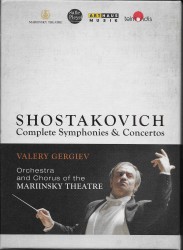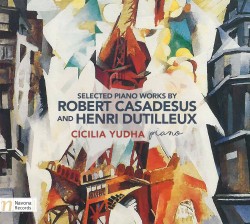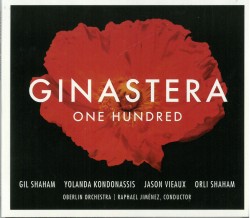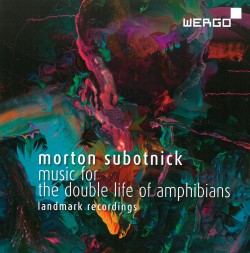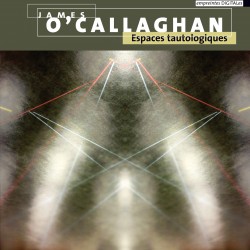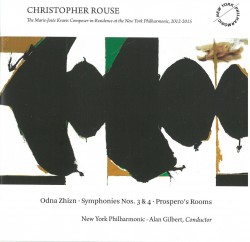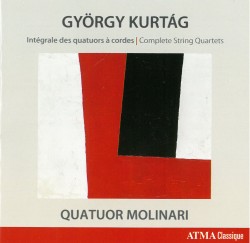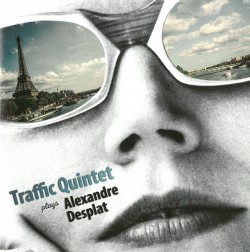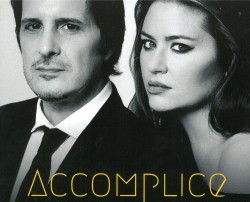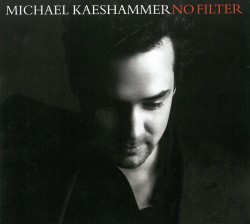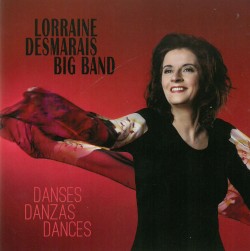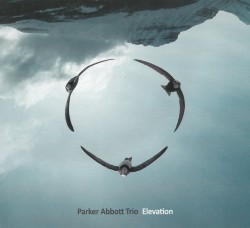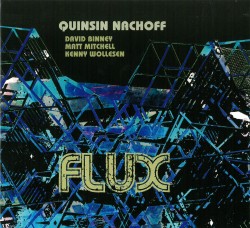The Postcard Sessions - Harrington/Loewen Duo
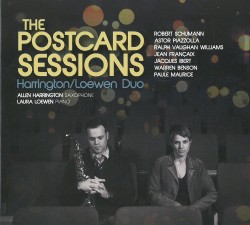 The Postcard Sessions
The Postcard Sessions
Harrington/Loewen Duo
Ravello Records RR7934 (parmarecordings.com)
Classical saxophone is, of course, a misnomer: there was no saxophone in the Classical period proper. This statement isn’t meant to ruffle any feathers, and in any case it’s hardly news to practitioners of the art. In fact, it’s been something of a boon: with no stuffy tradition to weigh it down, the instrument has been received by modern composers with open arms.
As it happens, though, the saxophone does have a Western art music heritage. Debussy composed for the instrument, albeit reluctantly; Berlioz admired its “majestic character.” In fact, there is a wealth of accessible and finely crafted music originating from the instrument’s adolescent years, before its reputation had been gilded by its association with jazz and the hypermodern.
Postcard Sessions, the new CD by the Winnipeg-based Allen Harrington (saxophone) and Laura Loewen (piano), focuses on this core canon of saxophone works. By presenting them with great clarity and sensitivity, the Duo help to cement these works’ status as the bulwark upon which the modern saxophone tradition rests.
Of particular note is the clock-like precision of master miniaturist Jean Françaix’s Cinque dances exotiques, but even the pieces here which weren’t written for the saxophone originally feel as though they might have been. On Schumann’s Drei Romanzen, Harrington’s saxophone masquerades as an instrument much older than it actually is.
Harrington’s tone, always dark and warm, casts upon these seminal works a rich patina commensurate with their age and stature in the canon of saxophone music.



